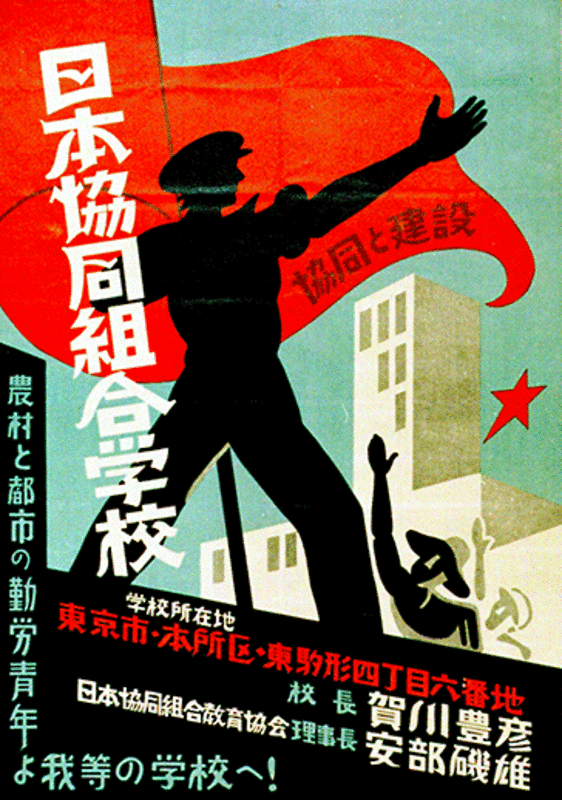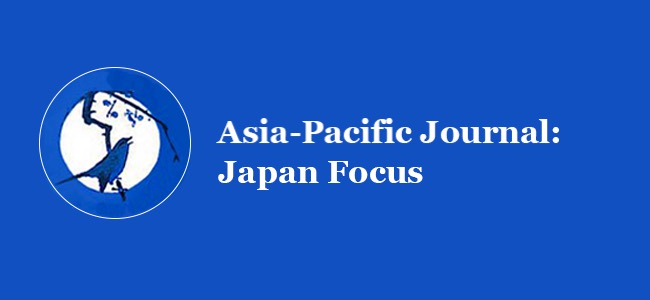Japan: What Foundations for Economic Optimism?
By Stephen Roach
Stephen Roach, chief economist for Morgan Stanley, might also be introduced as their chief iconoclast and contrarian. In these latter roles he regularly challenges the optimistic consensus on the basis of facts and analyses that tend to be ignored as the herd embraces a new trend. For example, while numerous analysts confidently hold that asset-based (rather than income-based) consumption can continue to power the US economy, Roach has been raising doubts about this for years. As America’s housing bubble slides and leaves a swathe of consumers stuck with exorbitant mortgage payments, their “propensity to consume” is falling and Roach is looking prescient (again). The American housing bubble is only beginning to slide, but this may be one reason that growth in consumption has recently slipped to 1.5% after recording a robust 4% for the past decade.
This seismic slip in US consumption growth is one of the items Roach highlights in casting doubt that Japan’s apparent recovery is as strong and stable as the “rising-sun” herd fervently believes. The past weeks have seen some optimistic numbers on capital investment compound the enthusiasm that followed Koizumi’s September 11 reelection. As a result, massive volumes of foreign money are pouring into the Tokyo stockmarket, and the business magazines are overflowing with euphoric articles.
In his timely and astute piece, Roach notes that Japan’s apparent recovery is still dangerously dependent on overseas demand, particularly from China and the US. American demand cannot be taken for granted, mostly for the reasons outlined above. Continuing robust Chinese demand is also an assumption that requires a question mark, as energy-price shocks and the Chinese government’s own economic braking efforts take their toll. Interestingly, while international investors seem to believe that Japan has finally turned the corner, Japanese investors remain reluctant bystanders.
It is worth noting the items that Roach does not mention. Big among them are the return of rising energy costs and the continuing worsening of Japan’s relations with East Asia, particularly China and South Korea, its two most important partners in the region. Expensive energy exerts its toll by making production more expensive at the same time that weakens Japan’s trading partner’s capacity to consume. Moreover, the economic implications of the Koizumi regime’s reckless flaunting of Yasukuni shrine visits could prove significant. Where optimists imagine an easy separation of economics and politics, the fact is that Japan has lost business deals on high-speed trains and other projects in China because of poor political relations. The capacity of China to punish in this way increases with the country’s rise and the incentives to do so expand with each new pointless provocation.
In short, the rising sun optimism may not turn out to be pie in the sky, but it could certainly benefit from stronger links with reality. AD
Last week in Tokyo, I encountered something I had not seen in Japan in over 15 years — unbridled optimism. Investors, business leaders, and senior government officials were all virtually unanimous in believing that the long nightmare is finally over. The twin possibilities of sustainable economic recovery and an end to deflation are widely viewed as the logical and irreversible outgrowth of Japan’s agonizingly painful healing. The macro fruits of years of micro restructuring finally appear to be at hand. I think a note of caution is in order. While there are unmistakable grounds for encouragement on the Japan macro story, I suspect this leap of faith could well be tested in the year ahead.
Signs of improving sentiment are evident everywhere in Tokyo. You can literally feel it in the air — from the new hustle and bustle at Narita to the sidewalk congestion on the Ginza and Roppongi Hills. And it came through loud and clear in my latest round of business meetings in Japan. At a seminar of some 400 institutional investors in Tokyo last week, I asked the assembled crowd if they thought the recovery in the Japanese economy could proceed without any setback over the next two years. Fully 90% of the audience answered “yes.” I also asked the same group if they thought there would be a 10% correction in the Japanese stock market at any point over the next couple of years. By a margin of 2 to 1, the crowd said “no.” It doesn’t get much cheerier than that.
A surging Japanese stock market –with the broad Topix index up 38% year-to-date in yen terms and 18% in dollars — has undoubtedly played an important role in shaping this newfound ebullience. Interestingly enough, there are few signs that domestic investors have begun to act in a fashion that is commensurate with the upbeat sentiment I picked up in my recent polling. Naoki Kamiyama, our Japan equity strategist, points out that foreign, or “gaijin”, investors have accounted for virtually all of the new flows into Japanese equities over the course of this year. To the extent that domestic investors — both individuals and institutions — now start to play the equity market, this year’s stunning rally could gather further strength. And the optimistic sentiment could then feed on itself, unleashing animal spirits that could have increasingly positive impacts on consumer and business decision making, alike. Needless to say, after a decade and a half of near stagnation, there is plenty of pent-up demand in Japan that needs to be satisfied. All this paints a picture of a compelling sequel to a post-bubble hangover. The long beleaguered Japanese economy is well overdue for a virtuous circle.
But is this that pivotal moment of unequivocal transition? While I hope that, in fact, is the case, I remain wary of jumping on the bandwagon. In my view, optimistic expectations of the fate of the Japanese economy could face two sets of challenges in the year ahead — the possibility of an external demand shock stemming from potential growth shortfalls in the US or China and the possibility of an internal relapse brought on by a very delicate policy transition faced by the Bank of Japan. Just the fear of either development could well be enough to prompt a growth scare or renewed fears of a deflationary relapse — either of which could deal a tough blow to Japan’s newfound optimism.
The possibility of an external demand shock is an important risk to Japan for one key reason: Despite its recent improvement, the Japanese economy is still lacking a solid base of support from internal private consumption. In the 12 months ending September 2005, personal consumption rose just 2% in real terms — accounting for 56% of overall Japanese GDP growth over this period. The rest of the gain was largely concentrated in business capital spending and exports — two sectors that collectively accounted for nearly 30% of overall Japanese GDP growth over this latest 12-month interval. Japan’s two most important export markets are China and the US — countries that collectively accounted for nearly 40% of the nation’s total exports in October 2005. Consequently, any slippage in demand from the US or China — an increasingly likely possibility during 2006, in my view — could deal an especially harsh blow to a still fragile Japanese recovery that enjoys only limited support from private consumption.
The internal risk that worries me the most is a very tough challenge faced by the Bank of Japan — the normalization of monetary policy after nearly seven years of extraordinary anti-deflationary accommodation. BOJ officials have recently stressed that the first phase of this normalization may well be close at hand — namely an end of the so-called “quantitative easing” campaign, which focuses on the injection of excess reserves into the Japanese banking system. The second phase of this normalization campaign — an end of the “zero-interest rate policy” — is still a more distant consideration, probably slated for consideration at some point in 2007. The trick for the BOJ will be to wean the Japanese economy from extraordinarily low nominal interest rates without sparking a deflationary relapse. This, of course, was exactly what happened after Japan’s central bank moved to end ZIRP prematurely in August 2000. Alas there is an added complication to take very seriously: For an overly-indebted Japanese economy — with public sector debt currently around 160% of GDP — a normalization of nominal interest rates and its attendant pressures on national debt service burdens could well be an exercise fraught with great peril.
Unfortunately, history tells us that central banks have a terrible record in dealing with deflation. Both the BOJ and the Fed have gone to great lengths in recent years to rectify that shortcoming. In doing so, however, they have stressed what it takes to combat deflation — namely, an early and massive monetary easing (see, for example, Alan G. Ahearne, Joseph E. Gagnon, Jane Haltmaier, Steven B. Kamin, “Preventing Deflation: Lessons From Japan’s Experience in the 1990s,” Federal Reserve International Finance Discussion Paper, June 2002). Left unanswered, however, is the question of the exit strategy — what it takes to wean an economy successfully from such extraordinary monetary accommodation. In my view, that remains a very big risk for Japan in the next couple of years.
Japan is on the mend — and its stock market is on a tear. Optimism is brimming over in Tokyo that this recovery is for real. I certainly hope that is the case. But it may be premature to jump to that conclusion. Given the still fragile state of the Japanese economy — underscored by a downshift to just 1% annualized real GDP growth in the three months ending September 2005 — the potential for a relapse cannot be minimized. The distinct possibility of an external demand shock, coupled with an excruciatingly difficult policy maneuver that lies ahead for the BOJ, hardly makes that idle conjecture. At a minimum, I believe that optimistic Japanese recovery expectations will be tested in 2006 — a possibility that could come as a real jolt to euphoric investors and a surging stock market. While a Japanese growth scare is a distinct, out-of-consensus possibility in 2006, I remain hopeful that any such scare will turn out to be a false alarm. The risk is that I am wrong — that there is more to the potential fragility of the Japanese economy than meets the casual eye.
Stephen Roach is Chief Economist, Morgan Stanley. This is his weekly commentary of December 9. Posted at Japan Focus on December 12, 2005.





